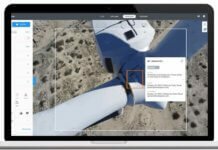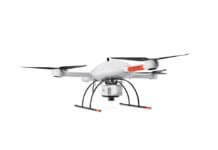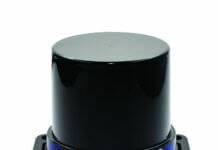The University of Nebraska-Lincoln (UNL) is leading a significant drone-based investigation of severe storms and tornadoes in the U.S.
More than 50 scientists and students from four universities will participate in the TORUS (Targeted Observation by Radars and UAS of Supercells) study, deploying a suite of instrumentation into the Great Plains area during the 2024 and 2025 storm seasons.
The project will exceed $2.5 million, with the National Science Foundation awarding a three-year, $2.4 million grant and the National Oceanic and Atmospheric Administration (NOAA) providing additional financial support.
It is the largest-ever study of its kind, based upon the geographical area covered and the number of drones and other assets deployed, according to UNL’s Adam Houston.
The project will involve four unmanned aircraft systems (UAS), a NOAA P3 manned aircraft, eight mesonet trucks equipped with meteorological instruments, three mobile radar systems, a mobile LIDAR system, and three balloon-borne sensor launchers. The University of Colorado Boulder, Texas Tech University and the University of Oklahoma, along with the National Severe Storms Laboratory, are also participating.
“We are flying more aircraft at the same time,” says Houston, associate professor of earth and atmospheric sciences and one of seven principal investigators. “We’ve only flown one drone in the past; now we’re going to fly four. We can fly in more parts of the storm at the same time, get more data and answer a more extensive set of questions.”
The TORUS team is authorized to operate over approximately 367,000 square miles – virtually all of the Central Plains from North Dakota to Texas, Iowa to Wyoming, and Colorado. The aim is to collect high-resolution data from within the storm in order to improve forecasting for tornadoes and severe storms, Houston says.
The goal is to improve the conceptual model of supercell thunderstorms, the parent storms of the most destructive tornadoes, by exposing how small-scale structures within these storms might lead to tornado formation. These structures are hypothesized to be nearly invisible to all but the most precise research-grade instruments. By revealing the hidden composition of severe storms and associating it to known characteristics of the regularly observed larger-scale environment, the TORUS project could improve supercell and tornado forecasts, according to the researchers.
Houston notes that it is, indeed, dangerous work:
“There’s no getting around it,” he says. “We’re putting ourselves in the path of these serious storms.”










